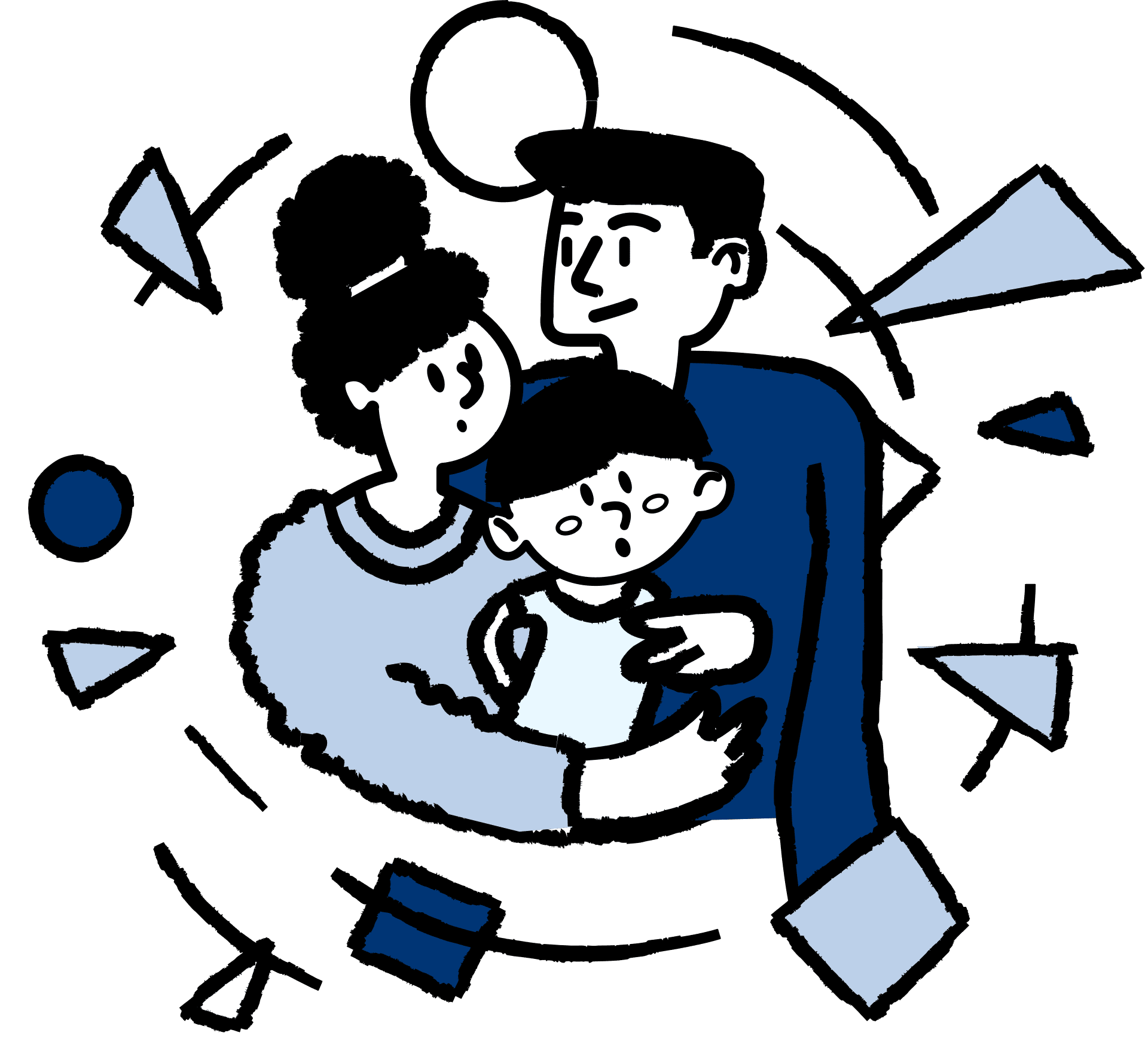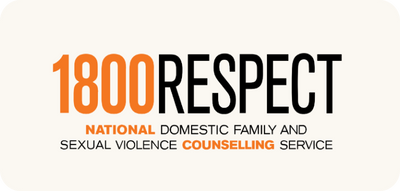Understanding domestic and family violence
Domestic and family violence (DFV) is a broad term used to describe any type of abusive behaviour in any relationship that’s manipulative, threatening or violent.
In most DFV situations, one person uses repeated patterns of abusive behaviour to gain power and maintain control over someone they’re close to.
It’s also common to hear terms like:
- Intimate partner violence (IPV)
- Coercive control
- Emotional abuse
- Family violence
- Sexual violence
- Domestic abuse, domestic violence (DV) or ‘a domestic’.
- Is there a difference between domestic violence and family violence?
Domestic violence (commonly called intimate partner violence) is used to describe abuse between current or former partners, husbands and wives, boyfriends and girlfriends or other people you live with or see often and have an intimate relationship with.
Family violence is used to describe abuse in family-like relationships. This can include parents, guardians, children, grandparents, siblings, extended family members or other people you consider family.
Domestic and family violence of any kind is never acceptable and it's never the fault of the person being abused. Everyone has the right to feel safe, supported, loved, and respected in their relationships.
If you're experiencing DFV, there are people who want to help. You can contact 1800 RESPECT (1800 737 732) 24 hours a day, 7 days a week.
What does domestic and family violence look like?
When people think of domestic and family violence, they typically think of physical abuse like hitting, punching or choking.
However, domestic and family violence includes:
- Emotional abuse
- Coercive control
- Stalking
- Tech-based abuse
- Physical abuse
- Sexual abuse
- Financial abuse
- Spiritual abuse
- Neglect.
It’s important to remember that non-physical abuse is just as common as physical abuse, if not more.
In many cases, the other person’s non-physical abusive behaviour can be so deceptive that you might struggle to make the connection that what you’re experiencing is domestic and family violence.
- Non-physical abusive behaviour can look like:
The other person ...
- Controlling who you can talk to and where you can go
- Cutting you off from family and friends
- Limiting your access to money or preventing you from getting a job
- Gaslighting you by denying past events, twisting facts or accusing you of always over-reacting
- Threatening to hurt you, the people you care about, your pets, and/or themselves if you try to leave
- Using spiritual, religious or cultural beliefs to scare and control you
- Forcing you into sexual situations you’re not comfortable with
- Monitoring your text messages, social media accounts, phone calls, and emails
- Showing up uninvited to your workplace or loitering outside your home (e.g. stalking).
To learn more about what domestic and family violence can look like, visit our DFV types page.
To learn more about how domestic and family violence impacts the way you feel, think, and act, visit our DFV signs and effects page.
Who does domestic and family violence affect?
If you’re experiencing domestic and family violence, you are not alone.
Anyone, regardless of gender, sexual orientation, age, religion, culture, and socio-economic status, can experience domestic and family violence.
However, it’s women and children who are significantly most affected in Australia.

In 2022-2023, there was a 30% increase in the number of women killed by a current or former intimate partner.
Because over 80% of Australians don’t report abuse or violence, these statistics can’t tell us the full extent of who and how many people are affected in our communities.
- Common reasons domestic and family violence goes unreported
You could be ...
- Afraid that the abuse or violence will get worse
- Worried that you won’t be believed or that people won’t care
- Unsure of where to go or what to say
- Fearful of your children being removed from your care
- Scared of being judged, blamed or shamed.
If you are in an abusive or violent relationship, it can take a toll on your mental health and wellbeing.
Often, the trauma you may experience as a result of the abuse can leave you with low self-esteem, anxiety, depression, and, in some cases, post-traumatic stress disorder (PTSD).
It's important to remember that help is available. If you’re worried that someone you care about is experiencing DFV, you can learn tips for offering support on our DFV information for friends and family page.
Domestic and family violence can affect anyone in any type of relationship.
If you think you’re experiencing domestic and family violence in any of your relationships, you can reach out to these support services to figure out next steps.
As always, Lifeline is here to help too. If life is in danger, call 000.
Why is it so hard to leave an abusive relationship?
Because DFV nearly always involves the other person using a pattern of abusive behaviour to maintain control over you, it's common to get into the cycle of abuse.
If you see glimmers of hope that the abusive behaviour won't happen again, you may understandably still love or feel attached to the person who’s harming you. This is nothing to be ashamed of and is their fault, not yours.
Even if you’re mentally ready to leave, taking that first step can feel impossible. There can also be many hidden challenges that make leaving extremely scary and difficult.
- You may not feel like you can leave because of:
- Threats to your and/or your children’s safety
- Feelings of shame
- Financial dependence
- Lack of a support network or a place to go
- Low self-esteem caused by the abuse
- A physical or intellectual disability
- Alcohol or drug addiction
- Immigration status.
Leaving an abusive relationship is always possible but can sometimes result in more danger, which is why your safety should come first.
It’s important to seek support and make a safety plan with organisations like 1800RESPECT or Full Stop.
You can find more guidance on safety planning on our DFV short-term help page.
Support is available regardless of your visa status.
For more information on Australia’s laws and your rights regarding domestic and family violence, you can visit the Department of Social Services website and download their Family Safety Pack.
How do I know if I'm experiencing domestic and family violence?
It’s common to feel confused about whether or not you’re experiencing domestic and family violence.
This confusion happens because the other person may frequently use forms of psychological abuse like coercive control and gaslighting that can leave you questioning your sanity or feeling like you’re the one to blame.
If you’re unsure if you or someone you care about is experiencing DFV, you can:
- Learn about the signs and effects of DFV
- Read about different types of abuse
- Understand the cycle of abuse.






